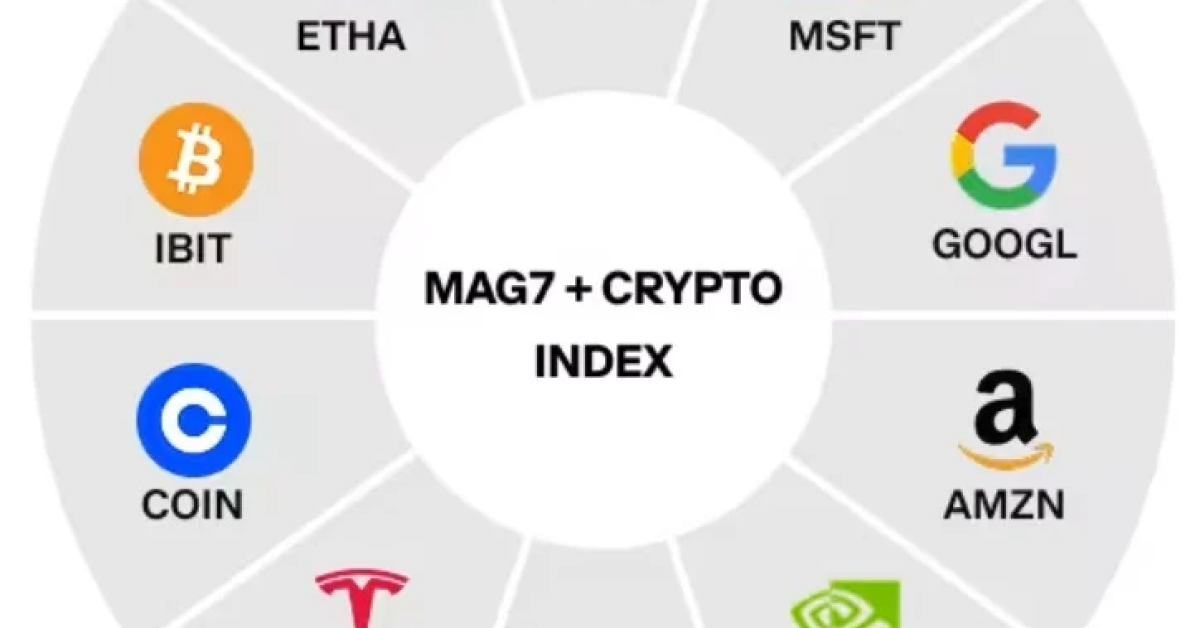Bitcoin, since its inception in 2009, has been at the forefront of discussions regarding digital currencies and the financial systems of the future. One of the most intriguing aspects of Bitcoin is its monetary policy, which is fundamentally different from that of traditional fiat currencies. By delving into the mechanics of Bitcoin’s monetary policy, we can understand how it operates, its implications for the economy, and what role it might play in the future of money. This article aims to provide an in-depth analysis of Bitcoin’s monetary framework, its economic impact, and the debates surrounding it.
Introduction to Bitcoin’s Monetary Policy
Bitcoin operates under a distinctive set of rules defined by its protocol. Its monetary policy is encapsulated in code, ensuring that it functions autonomously without overarching control from governments or central banks. This independence is a pivotal feature, forging a new paradigm in how we perceive value and currency outside traditional financial boundaries. Understanding this policy is crucial as it determines how Bitcoin behaves within global markets, influences economic behaviors, and interacts with regulatory frameworks. In the following sections, we will explore the intricacies of Bitcoin’s monetary framework, revealing how it is uniquely suited for the digital economy.
What Makes Bitcoin Unique?
Bitcoin’s distinctive qualities contribute immensely to its status as a revolutionary financial instrument:
2.1 Decentralization
Unlike traditional currencies governed by central banks, Bitcoin is decentralized. This means that it is maintained by a network of nodes that validate transactions, ensuring no single entity has control over the network. This decentralization not only enhances security but also promotes an equitable distribution of wealth among users.
2.2 Limited Supply
Bitcoin’s supply is capped at 21 million coins, a feature that distinguishes it significantly from fiat currencies, which can be printed in unlimited amounts. This scarcity is built into the protocol, infusing Bitcoin with a potential for value appreciation as demand increases.
Key Characteristics of Bitcoin’s Monetary Policy
Understanding its monetary policy requires a closer examination of its defining characteristics:
3.1 Inflation Rate and Halving Events
Bitcoin experiences a predictable inflation rate governed by its halving events, which occur approximately every four years. During a halving, the reward for mining Bitcoin is halved, effectively reducing the rate of new Bitcoin creation until the total supply reaches 21 million. This mechanism is designed to ensure that Bitcoin experiences deflationary pressures over time, contrasting sharply with the inflationary policies of conventional currencies.
3.2 Mining Rewards
Bitcoin mining involves solving complex mathematical problems to validate transactions and secure the network. Miners are rewarded with new Bitcoins in exchange for their computational efforts. This mining process is integral to Bitcoin’s monetary policy, influencing the distribution and velocity of new coins entering circulation.
Implications of Bitcoin’s Monetary Policy
The implications of Bitcoin’s monetary policy are profound, impacting individual users and broader economic systems:
4.1 Store of Value
As a limited-supply digital asset, Bitcoin is increasingly seen as a store of value akin to gold. Investors and institutions alike view it as a hedge against inflation and economic uncertainty, shifting perceptions around classical stores of value in the context of digital finance.
4.2 Impact on Global Economies
Bitcoin’s monetary policy could reshape global trade, reduce transaction costs, and disrupt existing banking structures. Countries with unstable currencies may find Bitcoin an attractive alternative, further enhancing its global reach and adoption.
Critiques and Controversies
Despite its innovative framework, Bitcoin’s monetary policy is not without its challenges:
5.1 Volatility
Bitcoin’s price is notoriously volatile, influenced by market speculation and external economic factors. This volatility can deter its use as a stable currency for everyday transactions, raising questions about its practicality for mainstream adoption.
5.2 Environmental Concerns
Bitcoin mining has faced criticism due to its significant energy consumption. The environmental impact of mining operations has raised concerns about sustainability and sparked debates on finding greener alternatives to secure the network.
Future Outlook
The future of Bitcoin’s monetary policy remains a contentious and evolving issue. As more institutional investors and corporations adopt Bitcoin as part of their treasury strategies, its influence on global financial systems cannot be understated. Furthermore, debates surrounding regulatory frameworks, technological advancements, and environmental sustainability will shape its trajectory in the years to come.
Conclusion
Bitcoin’s monetary policy is a bold experiment in establishing a new financial system, characterized by decentralization, limited supply, and predictable inflation. While it presents opportunities for investment and economic transformation, it also raises critical questions about stability, sustainability, and practicality. As Bitcoin continues to mature, understanding its monetary framework will be essential for investors, policymakers, and society as a whole.
References
- Nakamoto, S. (2009). Bitcoin: A Peer-to-Peer Electronic Cash System. Bitcoin.org
- Caginalp, G., & Wong, W. K. (2018). The Economic Value of Bitcoin.
- Böhme, R., Christin, N., Edelman, B., & Moore, T. (2015). Bitcoin: Economics, Technology, and Governance. Journal of Economic Perspectives.
- Tapscott, D., & Tapscott, A. (2016). Blockchain Revolution: How the Technology Behind Bitcoin Is Changing Money, Business, and the World.
- Zohar, A. (2015). Bitcoin: under the hood. Communications of the ACM.
For more information, please visit Preplexity for insights into various technological developments and their societal implications.







